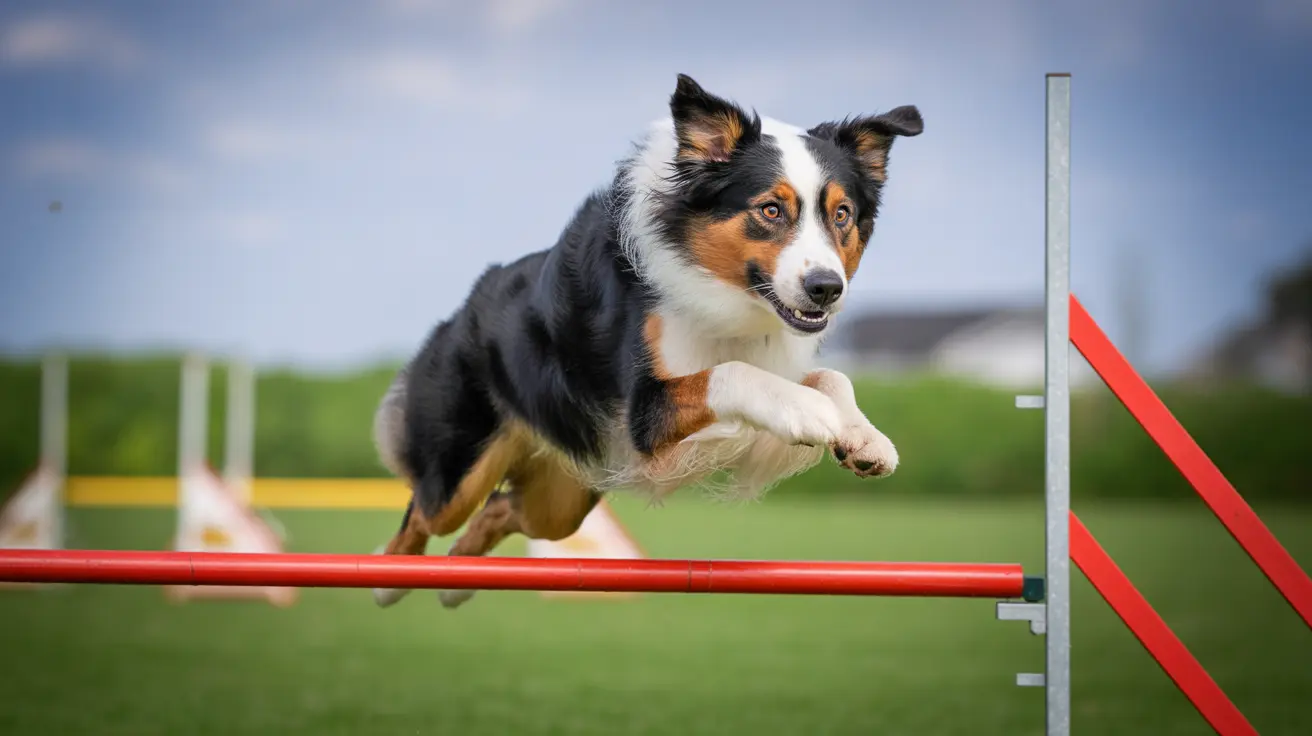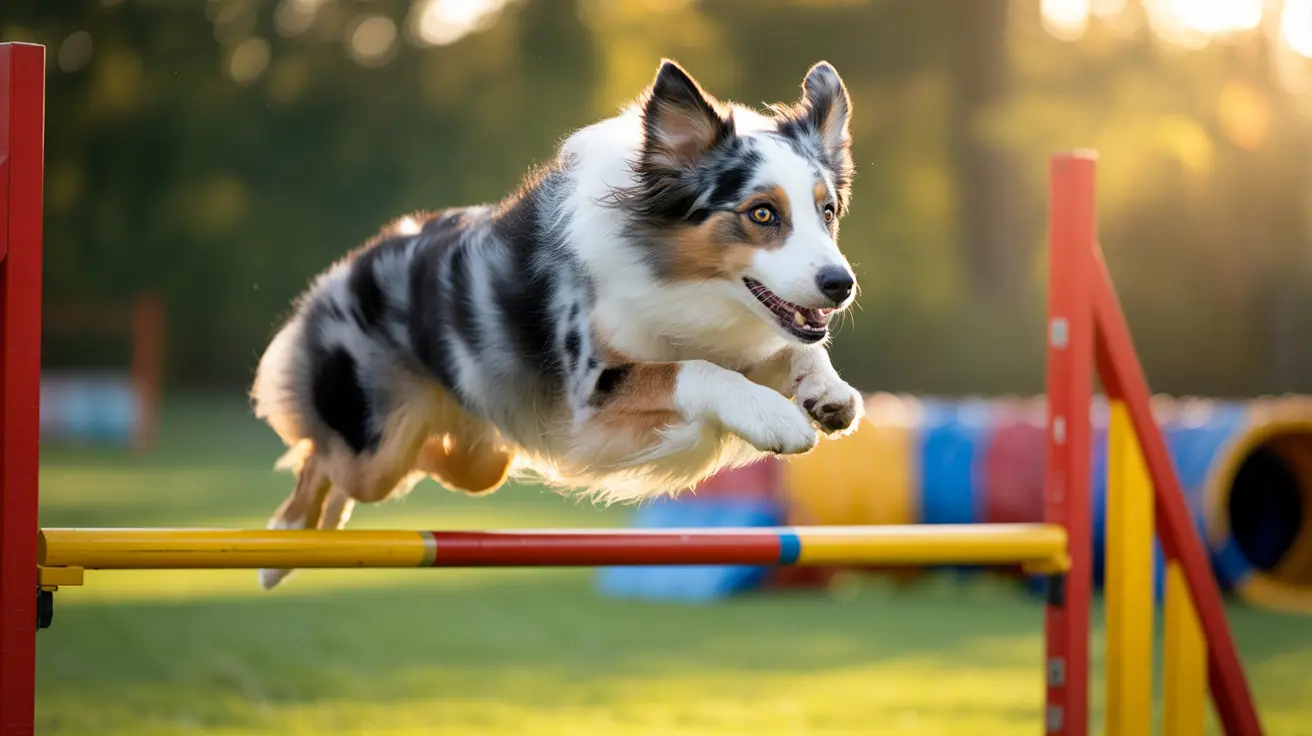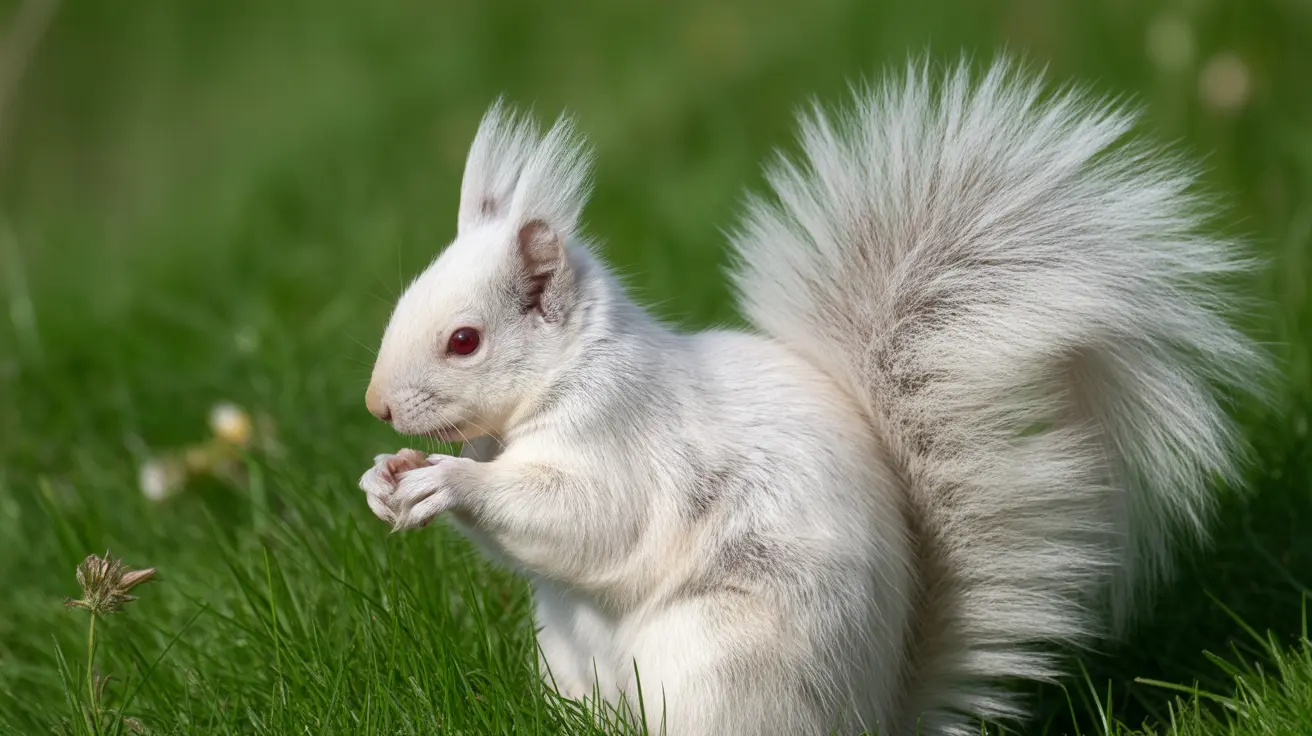The Complete Dog Sports Guide: Activities to Strengthen Your Bond and Keep Your Pet Fit
Dog sports have emerged as one of the most rewarding ways to build an unbreakable bond with your canine companion while providing essential physical exercise and mental stimulation. These competitive activities, designed specifically for dogs and their owners, offer far more than simple entertainment—they create opportunities for teamwork, discipline, and shared accomplishment that can transform your relationship with your pet.
Whether you're a first-time dog owner seeking engaging activities or an experienced handler looking to explore new challenges, the world of dog sports offers something for every dog breed, temperament, and physical ability. From high-energy obstacle courses to precision-based tracking exercises, these activities cater to your dog's natural instincts while promoting overall health and well-being for both participants.
This comprehensive guide will walk you through the most popular and accessible dog sports, helping you discover the perfect activity to match your dog's unique characteristics and your personal interests. You'll learn about training requirements, equipment needs, and how to get started safely in each discipline.
Popular High-Energy Dog Sports
Agility: The Ultimate Teamwork Challenge
Agility stands as one of the most popular dog sports worldwide, involving dogs navigating obstacle courses featuring jumps, tunnels, weave poles, and see-saws under the guidance of their handlers. This timed sport tests speed, coordination, and obedience while emphasizing the crucial partnership between dog and owner, as handlers can only use voice commands and body language to direct their dogs through up to 20 different obstacles.
The sport enhances teamwork and obedience while providing excellent cardiovascular exercise for both participants. Many agility enthusiasts start with basic home setups using household items before progressing to formal training classes and competitions. The versatility of agility makes it suitable for most dog breeds, though high-energy breeds often excel in competitive environments.
Flyball: High-Speed Relay Racing
Flyball combines speed, precision, and teamwork in an exciting relay race format where teams of dogs jump hurdles, trigger a ball release mechanism, and race back with tennis balls in sequence. This fast-paced sport demands quick reflexes and consistent training, as dogs must perform multiple tasks in rapid succession while maintaining focus despite the exciting atmosphere of competition.
The relay nature of flyball creates a unique team dynamic, as each dog's performance directly impacts the overall team result. This sport is particularly appealing to ball-motivated dogs and provides intense physical exercise in short bursts, making it ideal for high-energy breeds that thrive on excitement and challenge.
Dock Diving: Water Sport Excellence
Dock diving challenges dogs to leap from docks into water for maximum distance or height, making it ideal for water-loving breeds. This sport taps into dogs' natural swimming instincts while providing excellent full-body exercise and cooling relief during warmer months.
Competition categories typically include distance jumping, height jumping, and speed retrieval events. The sport is accessible to dogs of various sizes, as competitions often feature different divisions based on dog size and jumping ability, ensuring fair competition and encouraging participation across breed types.
Endurance and Running Sports
Canicross: Cross-Country Partnership
Canicross represents the foundation of running sports with dogs, involving cross-country running where dogs pull their handlers using a specialized harness and bungee line system. This sport provides exceptional cardiovascular exercise while fulfilling dogs' innate tugging instincts, creating a mutually beneficial workout that strengthens the human-canine bond.
The elastic connection system allows dogs to contribute their natural pulling power while maintaining safety and comfort for both participants. Canicross serves as an excellent introduction to dog sports for running enthusiasts and can be adapted for various fitness levels and terrain types.
Bikejoring and Dog Scootering
These pulling sports expand on the canicross concept, with bikejoring involving dogs pulling humans on bicycles and dog scootering featuring dogs pulling unmotorized scooters. Both sports require proper equipment and training to ensure safety, but they offer thrilling experiences that combine speed, endurance, and teamwork.
These activities are particularly suited to medium and large breeds with strong pulling drives, though proper conditioning and gradual training progression are essential to prevent injury and build stamina effectively.
Precision and Mental Challenge Sports
Scentwork and Nosework
Scentwork or nosework taps into dogs' extraordinary natural sense of smell, training them to locate specific scents hidden in various environments. This sport is suitable for dogs of all ages and abilities, making it one of the most inclusive activities in the dog sports world.
The mental stimulation provided by scent-based activities often proves more tiring than physical exercise alone, making these sports excellent options for dogs recovering from injuries or those with physical limitations. Training progresses from simple hide-and-seek games to complex search scenarios that challenge both dog and handler.
Rally Obedience
Rally obedience combines obedience training with course navigation, featuring timed events where dogs and handlers move through courses with numbered stations requiring specific obedience skills. This sport emphasizes teamwork and communication while building fundamental training skills that benefit all aspects of dog ownership.
The format allows for continuous movement and communication between dog and handler, making it more dynamic than traditional obedience trials while maintaining focus on precision and control. Rally obedience serves as an excellent foundation sport for dogs new to competitive activities.
Specialized Breed-Specific Sports
Herding Trials and Treibball
Herding trials test dogs' skills in managing livestock like sheep or cattle, particularly suited to breeds with strong herding instincts. These competitions evaluate the dog's ability to move livestock according to handler commands while maintaining control and preventing stress to the animals.
Treibball offers a modern adaptation of herding sports, teaching dogs to herd large exercise balls into goals using problem-solving skills and obedience training. This sport makes herding activities accessible to urban dog owners and breeds without livestock access while still engaging natural herding behaviors.
Racing Sports
Various racing sports cater to different breed characteristics, including greyhound racing for sight hounds, terrier racing for smaller high-energy breeds, and specialized events for other breed groups. These sports celebrate breed-specific traits while providing competitive outlets for natural abilities.
Racing events often feature different categories based on breed size and type, ensuring fair competition while allowing dogs to express their natural speed and athleticism in controlled environments.
How to Choose the Right Dog Sport
Selecting the appropriate dog sport requires careful consideration of your dog's breed characteristics, age, temperament, and physical condition. High-energy breeds often excel in activities like agility and flyball, while breeds with strong scent drives may prefer nosework or tracking activities. Consider your dog's natural instincts and interests when making your selection.
Your own interests, physical capabilities, and available time also play crucial roles in sport selection. Some activities require significant time investments for training and equipment, while others can be practiced casually in backyard settings. Begin with beginner-friendly options like rally obedience or basic agility to assess both your and your dog's enjoyment levels.
Getting Started Safely
Before beginning any dog sport, veterinary clearance ensures your dog's physical readiness and helps prevent injuries. Proper warm-up and cool-down routines, appropriate nutrition, and sometimes supplements support canine athletes in maintaining peak performance and health.
Finding local clubs, training classes, and events provides essential support and expertise for newcomers. Most dog sports communities welcome beginners and offer guidance on equipment selection, training progression, and competition preparation. Start slowly with basic skills and gradually build complexity as both you and your dog develop confidence and competence.
Consistent positive reinforcement training enhances success across all dog sports. Focus on building a strong foundation of basic obedience and communication before progressing to sport-specific skills. Remember that the primary goal is strengthening your bond with your dog while having fun together.
Frequently Asked Questions
- What dog sports are best for beginners?
Rally obedience and basic trick training are excellent starting points for newcomers to dog sports. These activities focus on fun and teamwork while building fundamental obedience skills that benefit all other sports. They require minimal equipment and can be practiced at home. - Can older dogs participate in dog sports?
Yes, many dog sports can be adapted for older dogs or those with physical limitations. Low-impact options like canine hoopers, dog parkour modifications, and scent work provide mental stimulation and gentle physical activity suitable for senior dogs with proper veterinary approval. - Do I need expensive equipment to start dog sports?
Most dog sports can be started with basic, affordable equipment. Agility obstacles can be created from household items, scent work requires only simple containers and treats, and rally obedience needs just basic training supplies. Invest in quality equipment gradually as your interest and skill level develop. - How much time do I need to dedicate to dog sports training?
Training time varies by sport and goals, but most activities can be practiced in 15-30 minute sessions several times per week. Consistency is more important than duration. Competitive training requires more time investment, while casual participation can fit into busy schedules. - Are certain breeds better suited for specific dog sports?
While some breeds have natural advantages in certain sports, most activities welcome all breeds and mixed breeds. Herding breeds often excel in agility and herding trials, while scent hounds may prefer tracking sports. However, individual temperament and training often matter more than breed characteristics. - What are the main benefits of participating in dog sports?
Dog sports provide improved physical fitness, mental stimulation, socialization opportunities, and strengthened bonds between dogs and owners. They also build confidence, provide structured training opportunities, and create communities of like-minded dog enthusiasts. - How do I find dog sports clubs and events in my area?
Search online for local dog training facilities, kennel clubs, and breed-specific organizations. Many veterinary offices and pet stores also have information about local dog sports groups. Social media groups and dog sport organization websites often list events and training opportunities by geographic area.
Conclusion
Dog sports offer an incredible opportunity to deepen your relationship with your canine companion while providing essential physical and mental stimulation that benefits both participants. From high-energy agility courses to precision-based scent work, these activities cater to every dog's unique characteristics and every owner's interests and abilities.
The journey into dog sports begins with understanding your dog's natural instincts and capabilities, then selecting activities that celebrate and develop those traits. Remember that success in dog sports is measured not only in ribbons and trophies but in the strengthened bond, improved communication, and shared joy you experience with your four-legged teammate. Start with beginner-friendly activities, prioritize safety and fun, and discover the rewarding world of competitive canine sports that awaits you and your dog.






